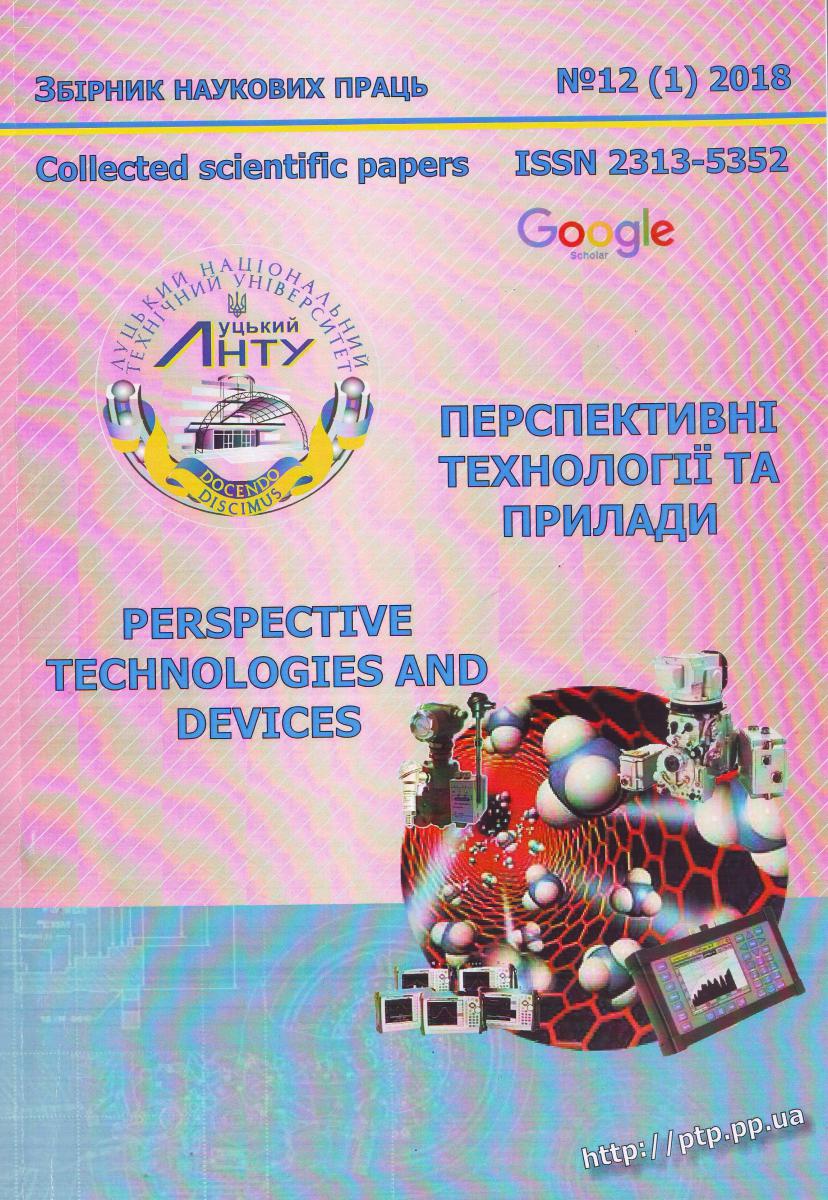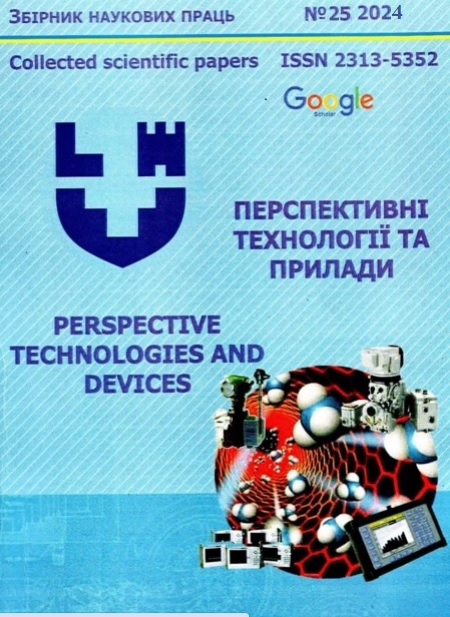FEATURES OF GENERATING THE OUTPUT SIGNAL OF THE INFRARED RADIATION SENSOR
Abstract
The paper deals with infrared radiation detectors that can register the thermal radiation of a living organism. The human body has a temperature in the range from 31°C to 42°C, depending on the heat exchange between the skin and the environment, and infrared radiation in the wavelength range from 4 to 50 microns. The analysis of the phenomenon of the pyroelectric effect and the features of the use of pyroelectric sensitive elements, which are the basis of the operation of the sensors, has been carried out. The principles of the formation of thermal radiation in the detection zone of the sensor are given, and the formulas for determining the amount of radiation of the thermal flux are presented. The process of forming the output signal during the action of thermal energy on the sensor was studied. It has been established that for the rational use of methods and algorithms for improving the interference immunity of an infrared sensor, it is necessary to know the main parameters of the signal, namely the amplitude, shape, duration, dependence on the speed of human movement, and background temperature. Experimental graphs of the shape and spectrum of the signal at the input of the pyroelectric sensor under different input conditions are presented. The influence of temperature contrast on the formation of the sensor output signal is analyzed.


 https://scholar.google.com.ua/citations?
https://scholar.google.com.ua/citations?

